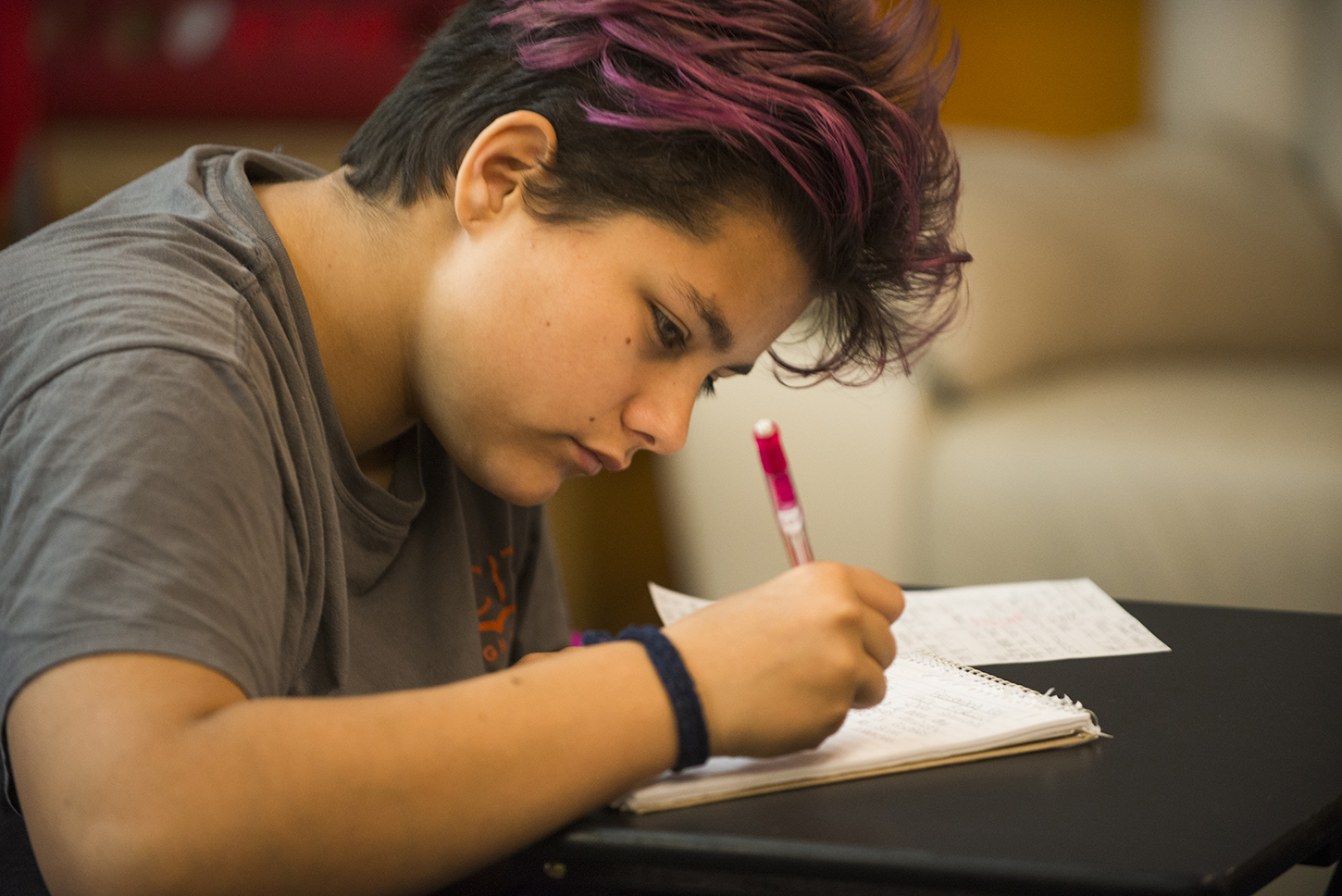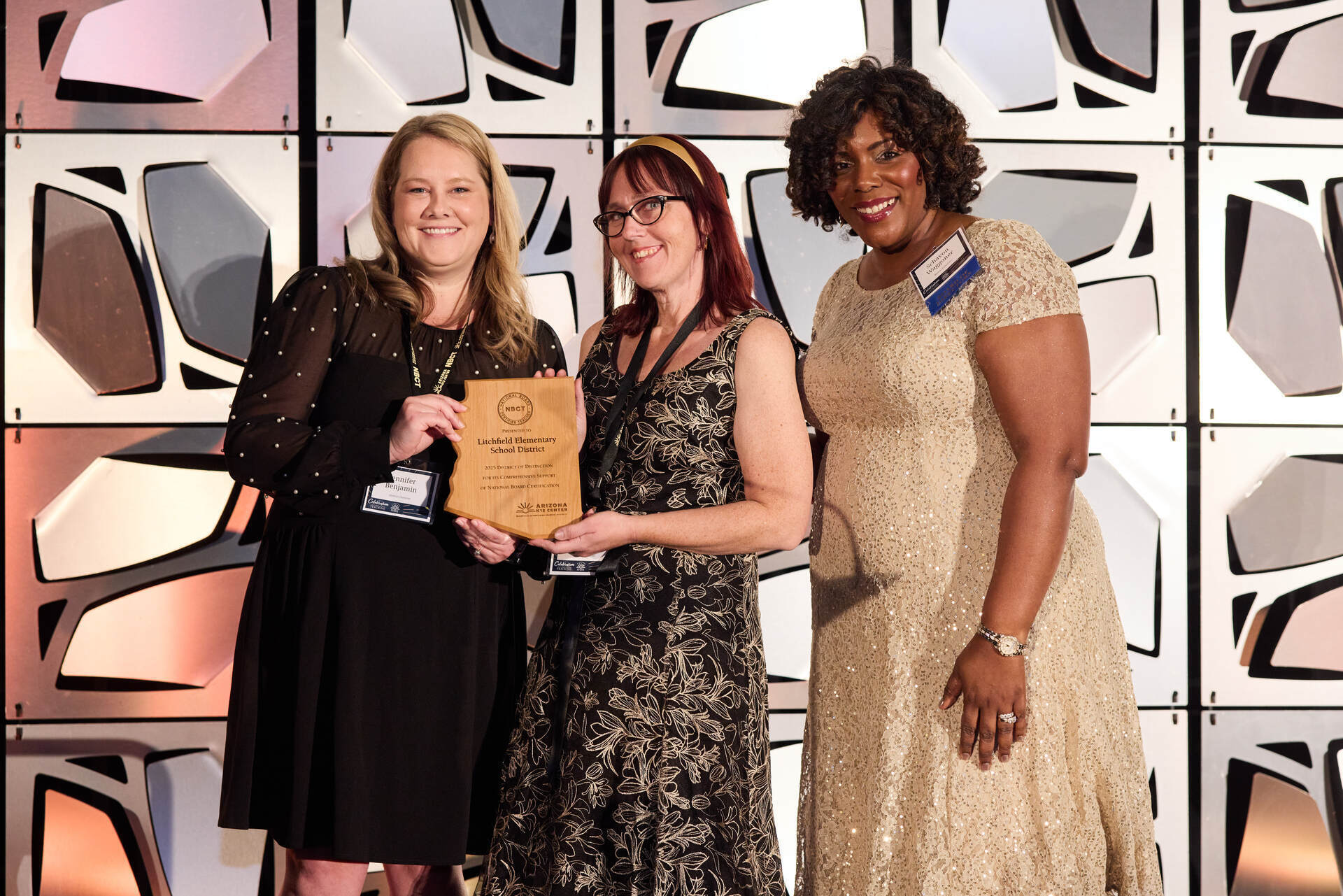December 11, 2018
The Secret Power of Doodling in Class
How students can process new ideas through impromptu art.
There isn’t a teacher out there who hasn’t caught students drawing on their desks, their books, or even on themselves. It comes with the territory. I used to get incredibly frustrated when I had to remind my freshmen to refrain from drawing flowers and other more creative images on the shiny surface where their work was meant to be completed.
But one day, I decided to change my mindset and embrace the fact that everyone loves to doodle. Why not put that creative energy to good use in my classroom?
I vividly remember the reactions I got from my students when I told them to draw on the desks while we were reading the short story Harrison Bergeron.
“What did you just say?” was their incredulous response.
I knew students would benefit from processing new information in unique and artistic ways, because everything in brain research points to the power of creative thinking. According to Anthony Brandt and David Eagleman, “The human brain doesn’t passively take in experience like a recorder; instead, it constantly works over the sensory data” (Under the Hood of Creativity).
This means that creating visuals to represent an experience (especially a reading experience) is a natural function of the brain. Young readers must be taught to take words captive through a structured process. But structure and creativity can work together to create meaning. When students draw any type of image or word art during class, a path is being created in their brain that they can revisit later.
Here are some practical ways to bring make doodling a part of everyday life in your classroom, no matter the content area:
- Draw on Desks - Invest in dry erase markers if you have desks or tables that can be cleaned easily and allow students to doodle right on the surface as they read, listen, or watch new content.
- Foldables - Have students divide paper into folded sections, organized based on the content they’re learning. Instead of just taking notes, find structured ways that students can translate concepts into images. It helps to do it with them using a document camera.
- Visual Worksheets - Instead of using a traditional worksheet, consider how you can create the outline of an object to help students make connections to a theme, person, or concept. For example, give students a piece of paper with a name written in large bubble letters, and then direct them to fill in each letter with images and notes that reflect characteristics of that person.
- Individual Whiteboards - These are a great way to see quickly if students are on the right track, and there are innumerable ways to use them during class. Just remember to mix things up by not always asking for written responses. Let students process information through symbols and images as well.
- Group Doodles - Collaboration is a crucial skill, and it’s amazing what students can come up with when they are given opportunities to be creative together. Allow students to summarize a reading passage or new concept in groups of three or four on one large piece of paper. Then have groups rotate around the room.
The other benefit of encouraging students to process information through doodling is that they associate the activity with something positive. This is critical when it comes to adolescents, whose volatile moods can make teaching a challenge. As students exercise their creativity, dopamine levels increase.
We know art and creativity are necessary skills for all students, even if they think it’s not for them. As educators, we can actually teach students how to process new information in ways that they will remember:
“[...Experts] say that creativity is actually a structured process that can be applied in areas of study and work outside the arts. And because it’s a process, rather than a spontaneous stroke of genius, they’re calling for creativity to be taught to students from kindergarten to graduate school in order to adequately prepare them for the future” (“When Schools Get Creative” by Katie Reilly, taken from The Science of Creativity).
Invite your students to doodle more, and you’ll be teaching them a valuable skill that can be used inside and outside of the classroom.











